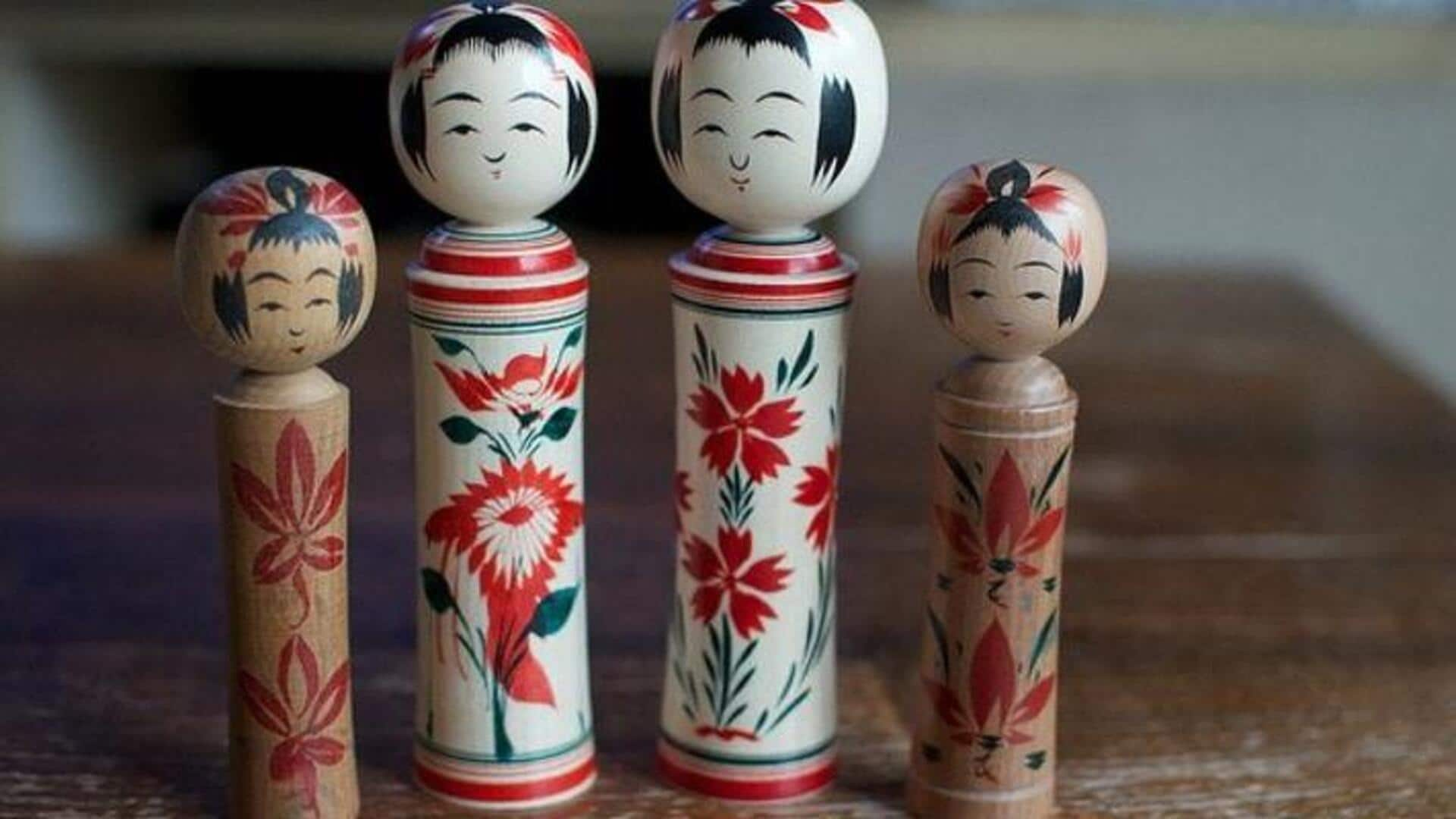
Discover the timeless craft of Japanese folk toys
What's the story
Japanese folk toy making is a beautiful craft, one that has been handed down generations. These toys are not just something to play with, but carry cultural significance, reflecting the rich heritage of Japan. The art form involves making toys from wood, clay, paper, etc., each with its own unique designs and purpose. Let's explore the fascinating world of Japanese folk toy making.
Origins
Historical roots of Japanese folk toys
The roots of Japanese folk toys can be traced back to ancient times when they were used for rituals and festivals. These toys would often represent animals or mythical creatures thought to bring good luck or ward off evil spirits. With time, they grew into popular items for children during special occasions such as New Year celebrations.
Craftsmanship
Materials used in toy making
Traditional Japanese folk toys are made using natural materials such as wood, clay, and paper. Each material requires a different set of skills; for instance, artisans carve out wooden toys with precision, while they mold clay figures manually. The material used is often a reflection of what's available regionally and the traditions of that region, demonstrating a deep-rooted connection to local culture and environment.
Methods
Techniques in creating folk toys
The creation process includes various techniques, such as carving, painting, and putting parts together. Using simple tools, artisans shape the materials before adding intricate details with paint or lacquer. In some regions, unique methods have been developed that make their toys different from the rest of Japan.
Symbolism
Cultural significance of folk toys
Japanese folk toys are more than just toys; they are deeply cultural, symbolizing prosperity and protecting against misfortune. The toys also have an educational aspect, teaching children about nature and history through their designs. The story-telling elements connect the younger generations to their roots, making learning about culture and tradition fun. Each toy, with its unique design, becomes a bridge to Japan's rich past.
Conservation
Preservation efforts for traditional crafts
Efforts are being made to preserve this traditional craft amidst modern influences threatening its existence today. This is largely because younger generations show less interest compared to previous ones. Historically speaking, thus leading many artisans work tirelessly. They ensure these valuable skills continue thriving so future generations benefit. Learning them firsthand experience themselves someday soon, hopefully too!